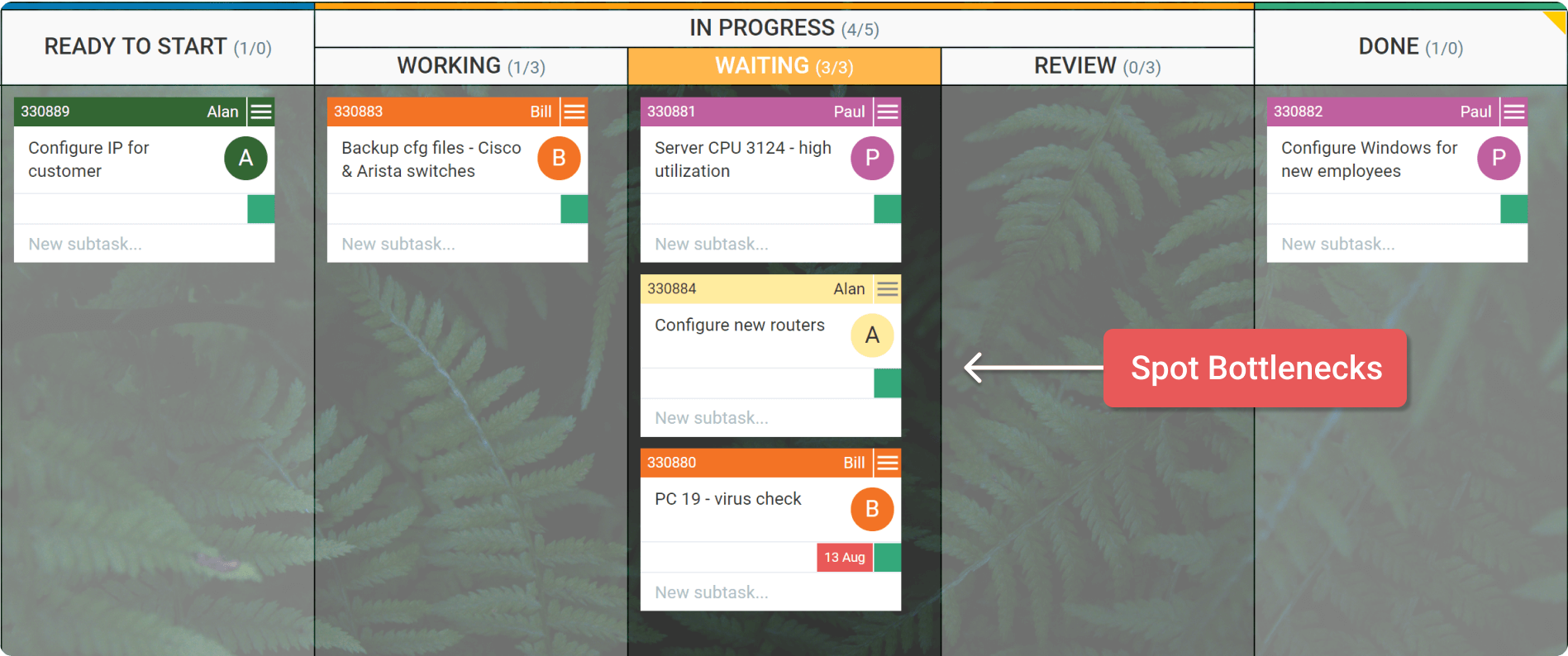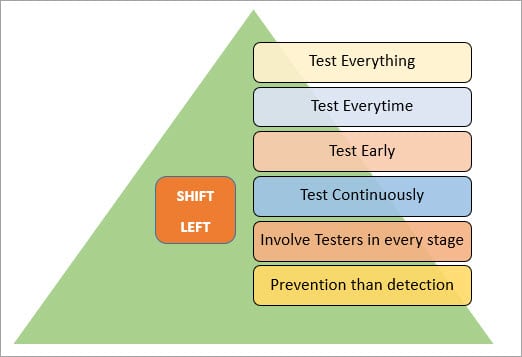4 Ways to Avoid Development Bottlenecks
In software development, a bottleneck describes a point in your workflow that slows or comes to a stop.
A bottleneck occurs when tasks begin to pile up and can’t be processed quick enough to be pushed through to the next stage of development. Bottlenecks can cause serious project delays and have the potential to expend resources and budgets.
It’s important to identify bottlenecks before they occur so that your development workflow can be as smooth as possible.
Here are four ways to avoid development bottlenecks:
Visualize tasks with a Kanban board
One way to avoid development bottlenecks is to visualize tasks with a Kanban board.
A Kanban board uses columns to represent a stage of the development workflow. When used at its most basic function, a Kanban board will split tasks into three categories: requested, in progress, and done. For a more detailed view of your progress, consider creating as many subsections as you need.
Since Kanban boards are visual, it’s easy for teams to determine where bottlenecks are occurring in the development process. If there is a column where tasks are piling up, there is likely an issue.

We use Jira for project tracking, but there are a number of other task management tools available that allow you to build Kanban boards.
Introduce shift-left testing
We talk about shift-left testing a lot on this blog, and that’s because it’s a great method for avoiding bottlenecks.
In typical software development, testing occurs at the end, or to the far right, of the development process. When testing occurs last, you run the risk of not finding a bug until right before deployment – or worse – after the feature has already gone live.

When errors are detected earlier in the development process, or closer to the left, it eliminates the need to go back and redo unnecessary work. This saves your team time, money, and results in fewer bottlenecks.
Encourage cross-team collaboration
It’s easy for teams to silo themselves when they are focused on working. But this type of isolation creates confusion, uncertainty, and miscommunication between departments.
The best way to avoid departmental bottlenecks is to encourage cross-team collaboration.
Cross-team collaboration simply means that individuals with different expertise from different departments come together to work toward a common end result.
For example, in software development, the responsibility of testing usually falls solely on the QA team. But cross-team collaboration encourages developers and project managers to work with testers to establish quality standards from the beginning.
When the barriers between teams are broken down, it allows you to constantly deliver a high-quality to your clients.
Choose the right tools
There are several tools available that can help your team avoid development bottlenecks. You should choose tools that make the most sense for your team’s needs and budget.
If you need help visualizing tasks and determining where tasks are piling up in your project workflow, then you’d likely benefit from a task management tool. Like we mentioned previously, Jira is a great tool that we use to use to help organize project tasks into Kanban boards.
If you want to start shifting your testing to your left or want to increase cross-team collaboration, then a continuous integration tool like Probo would help.
Probo breaks down the barriers between developers, QA teams, project managers, and stakeholders. It helps teams end developer bottlenecks and ensures transparency for clients and stakeholders. You can try Probo for yourself, here.
Avoiding development bottlenecks ensures a smooth development workflow.
These are just a few of the ways you can avoid bottlenecks. If you have anything to add to this list you can write it in the comments below.